Painting Set Depicts Vietnamese Occupations from 100 Years Ago
"Sketches on Indochina - Cochinchina" was published by the Ho Chi Minh City Culture and Arts Publishing House, now belong to the Ho Chi Minh City General Publishing House, in collaboration with the Ho Chi Minh City General Science Library.
The collection of hundreds of sketches reflects the socio-economic-cultural life in Saigon and Southern Vietnam in the early twentieth century. The set was painted by Gia Dinh School of Drawing (predecessor of the Ho Chi Minh City University of Fine Arts), Association of Decorators, Engravers, and Lithographers in Gia Dinh, under the direction of J.G. Besson, Inspector of Art Schools in Cochinchina.
It was once published n the 1930s by Oriental Publishing House (Paris) under the name Monographie Dessinée de L'Indochine - Cochinchine.
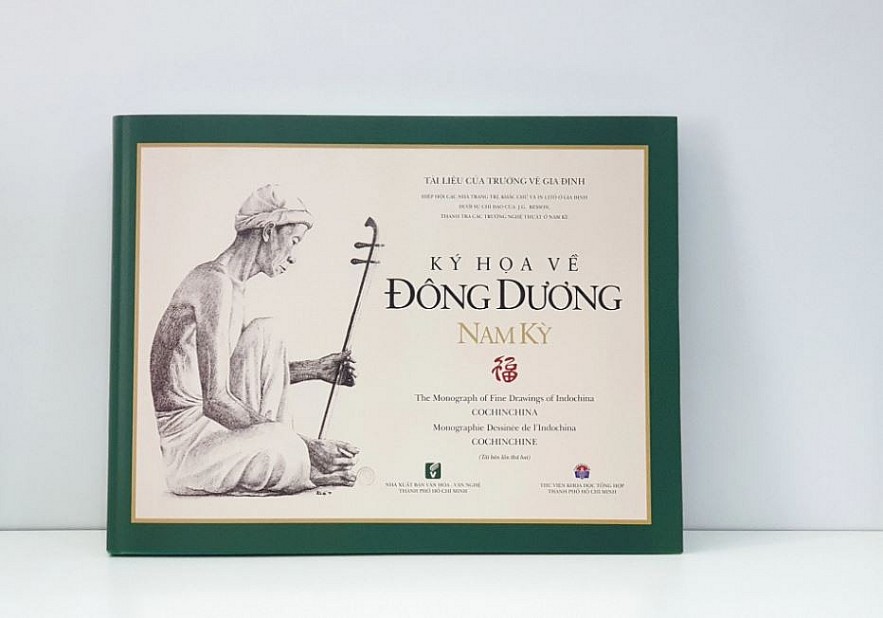 |
| Sketch of Indochina - Cochinchina covers a variety of topics: landscapes, monuments, economic life, and occupations in Saigon and Cochinchina. (Photo: Zing News) |
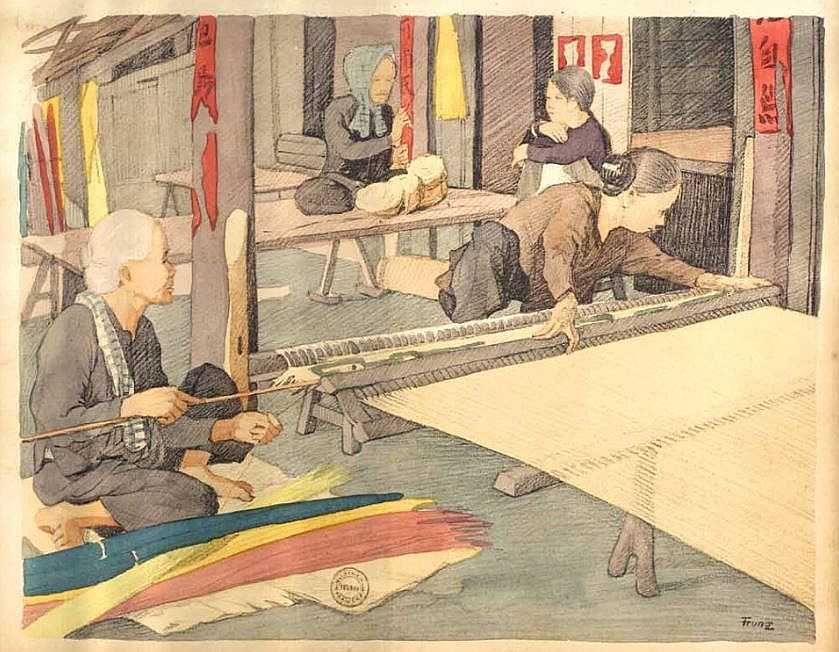 |
| Women weaving mats. An elderly woman wraps thread to the pointed end of the twig to push it through the warp of the loom. Another woman pressed the yarn down. (Photo: Zing News) |
 |
| An elderly woman knitting a hammock. (Photo: Zing News) |
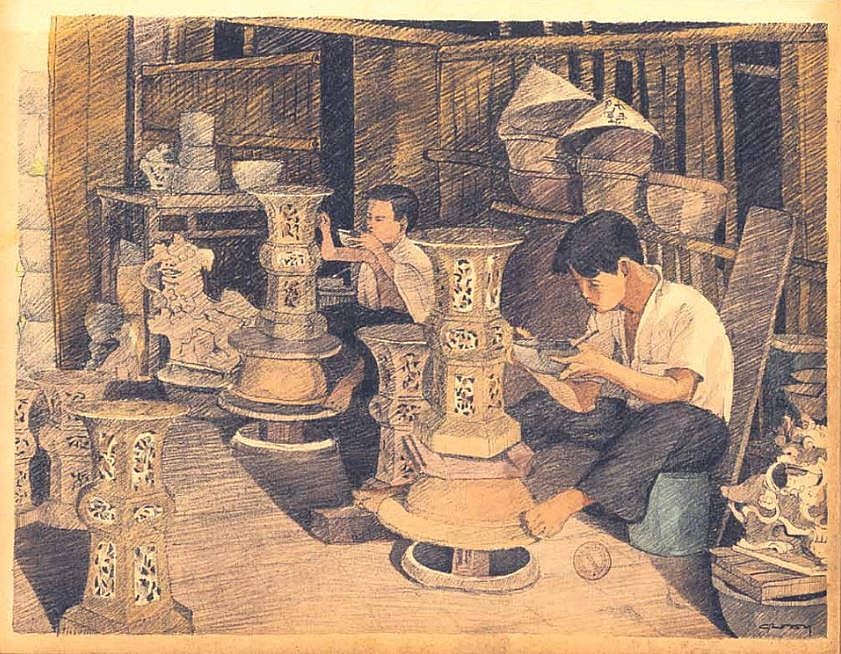 |
| Artisans in a ceramic workshop. (Photo: Zing News) |
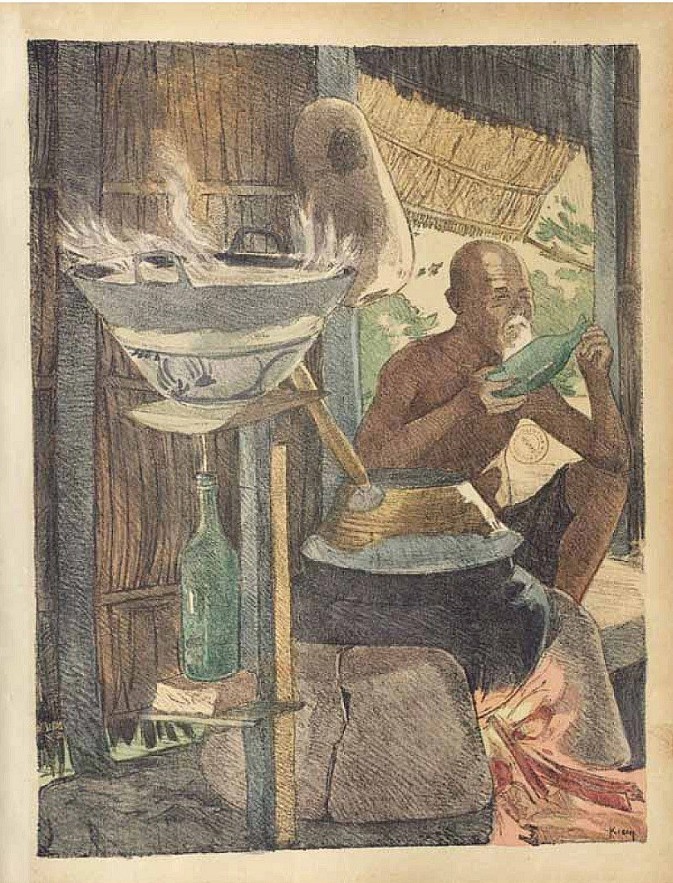 |
| An old man who makes wine. (Photo: Zing News) |
 |
| Not only reflecting traditional artisans and workers, the set of paintings also depicts handicraft products sold in shops in the city. The above picture paints a shop in Chuong Duong wharf, Saigon. (Photo: Zing News) |
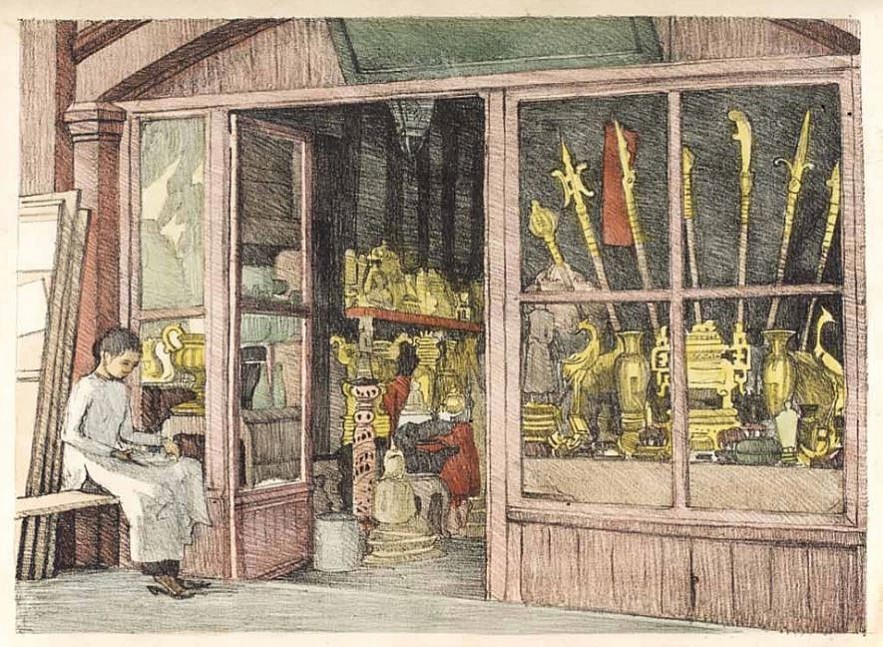 |
| Decoration shop in Saigon. (Photo: Zing News) |
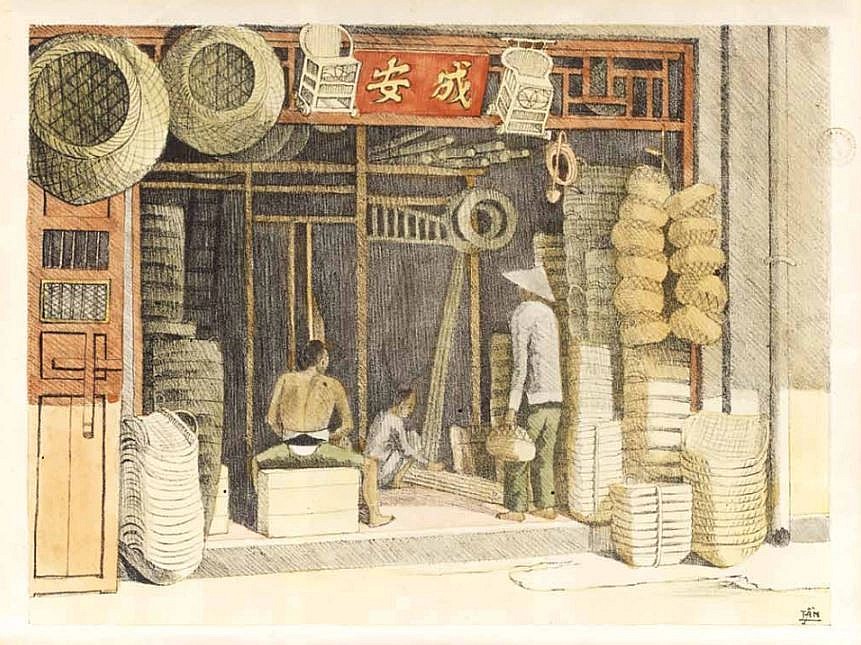 |
| A shop that sells bamboo products. (Photo: Zing News) |
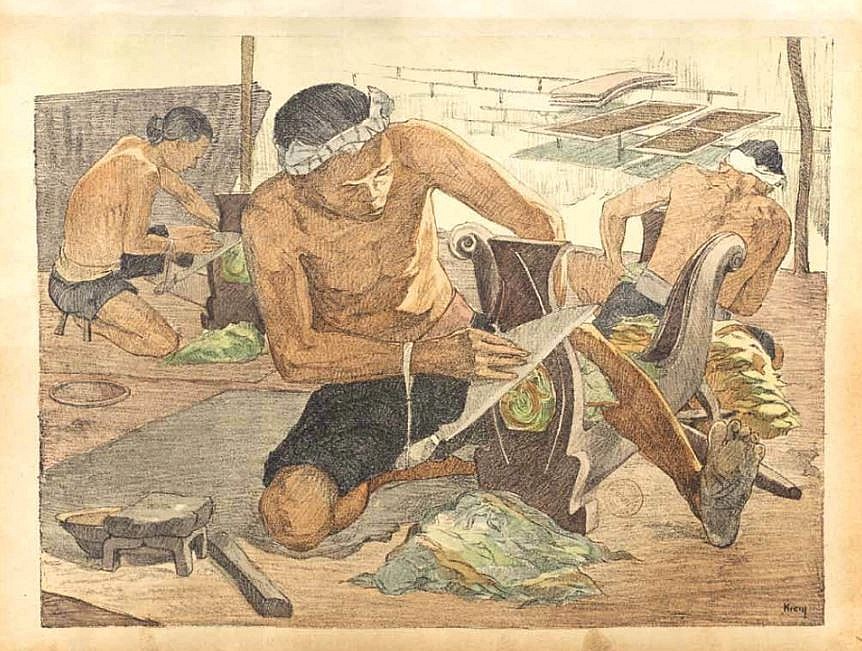 |
| A man cutting tobacco leaves. (Photo: Zing News) |
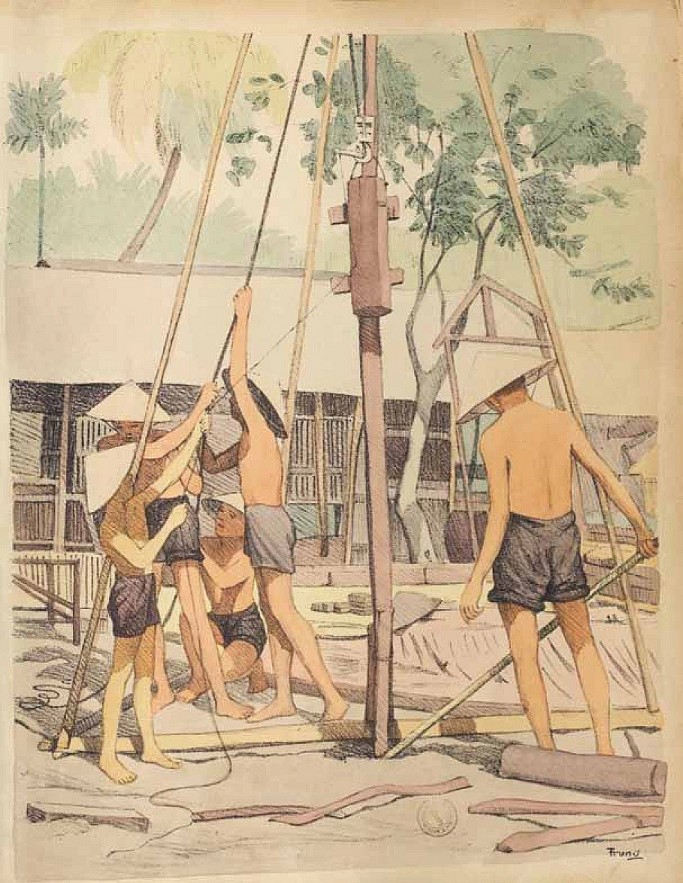 |
| A group of men building a house. (Photo: Zing News) |
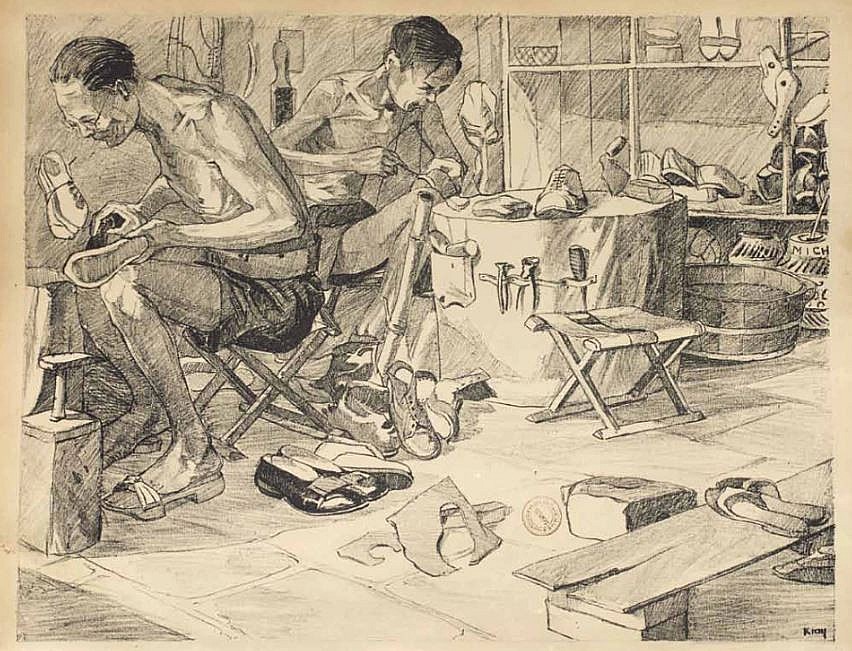 |
| Shoe repairers. (Photo: Zing News) |
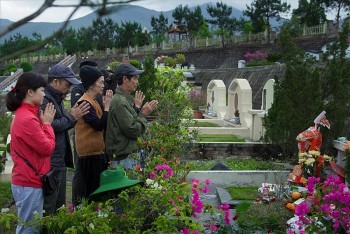 | Complete Guide to Vietnamese Grave-visiting Festival Thanh Minh, also called the grave-visiting festival, is often mentioned in Vietnamese literature and poetry. It is a loving ritual, despite its macbre nature. |
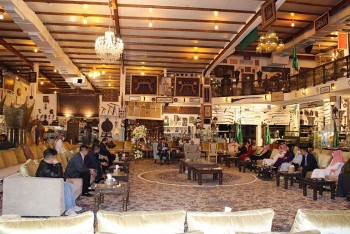 | Vietnam's Traditional Fishing Gear Exhibition Established in Saudi Arabia The Embassy of Vietnam to the Kingdom of Saudi Arabia has launched a corner to display traditional Vietnamese hand-held fishing gear at the Alfelwah & ... |
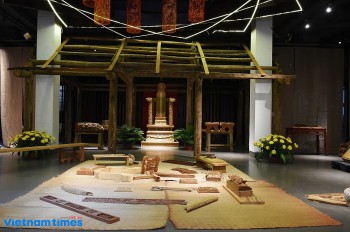 | Heritage Space of Vietnamese Cultural Specialties in Hanoi's Old Quarter Established in 2015, Hanoi Old Quarter Cultural Exchange Center has been a gathering spot for those who love to learn about Vietnamese traditional culture and ... |
Recommended
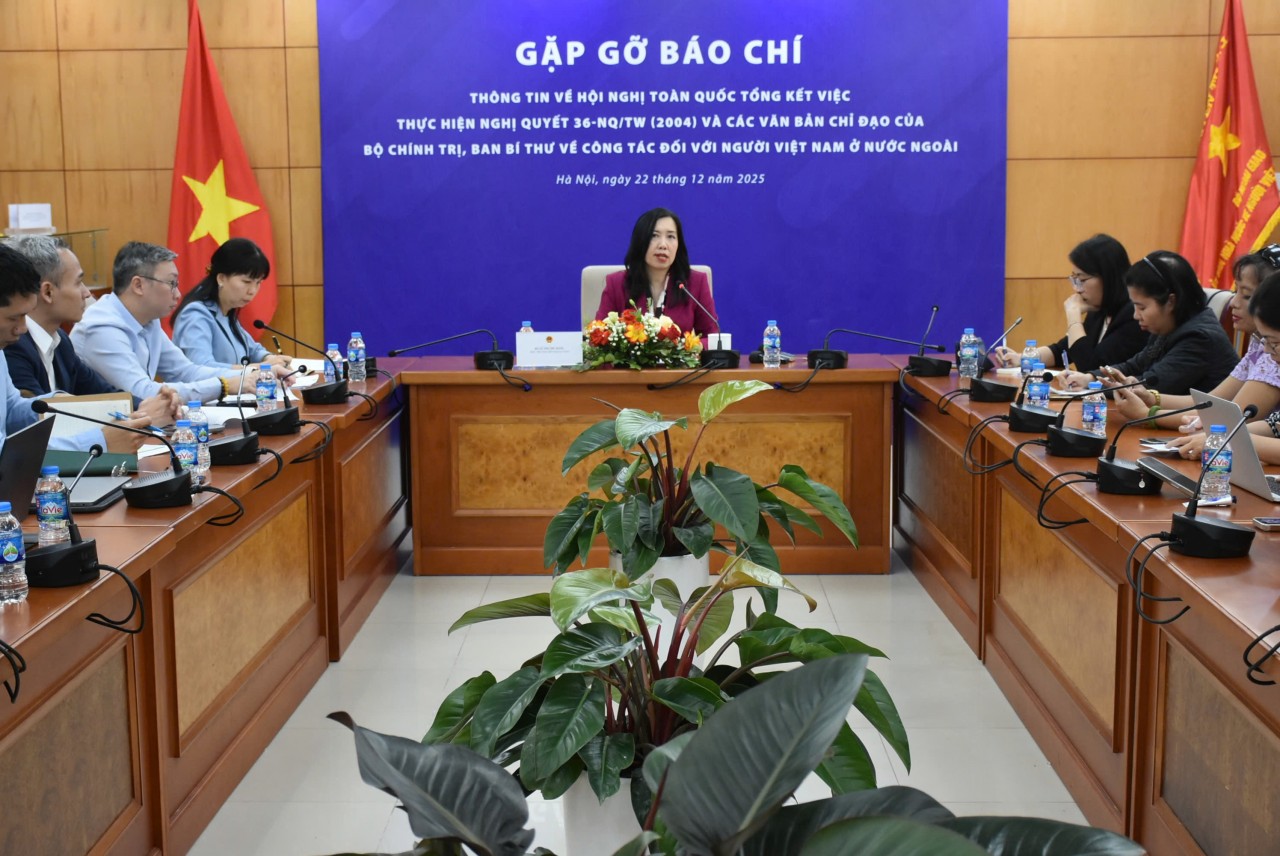 Viet's Home
Viet's Home
Comprehensive Review of Overseas Vietnamese Affairs To Takes Place on December 25
 Viet's Home
Viet's Home
US Government Aid Supports Natural Disasters Recovery in Gia Lai Province
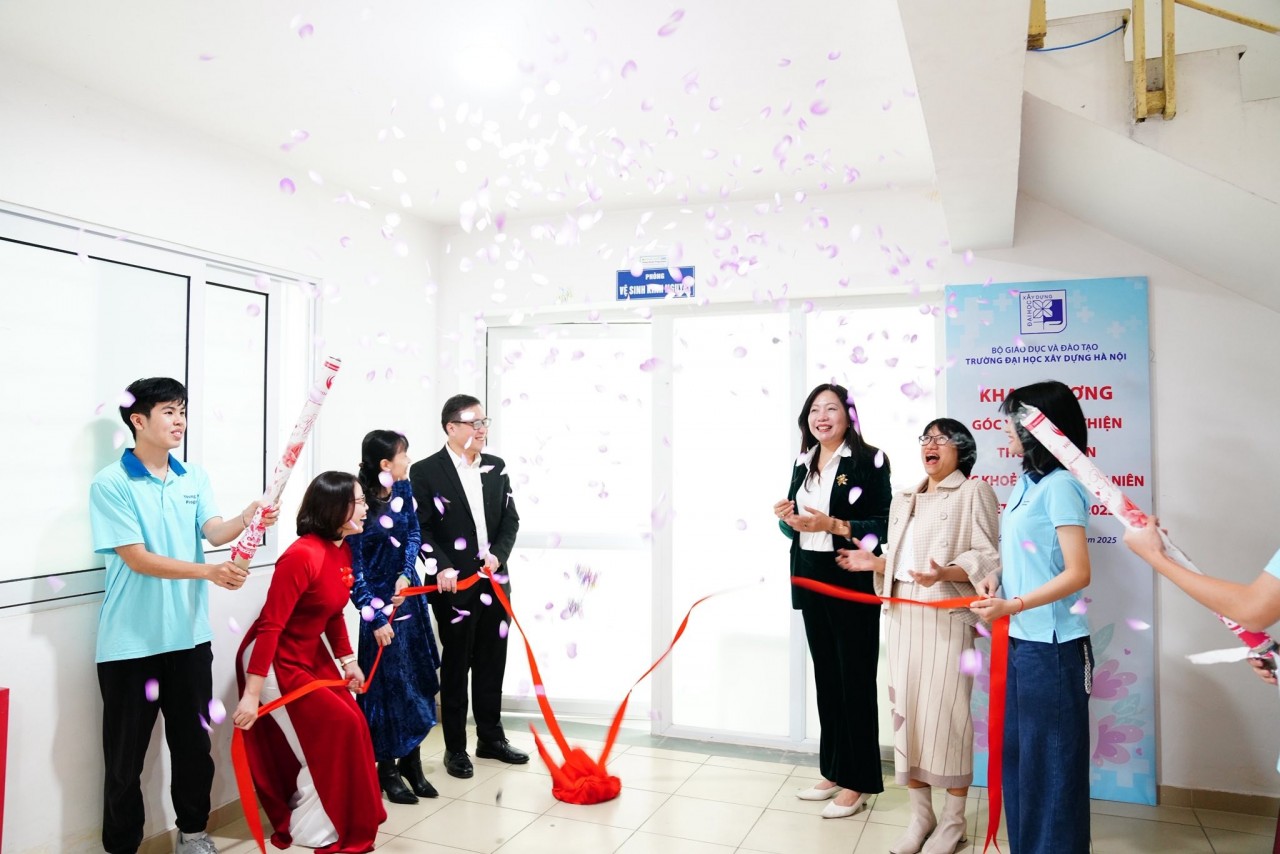 Viet's Home
Viet's Home
Launch of “Student-Friendly Health Corner” In Vietnam
 Viet's Home
Viet's Home
Handover of First House Under “Quang Trung Campaign”
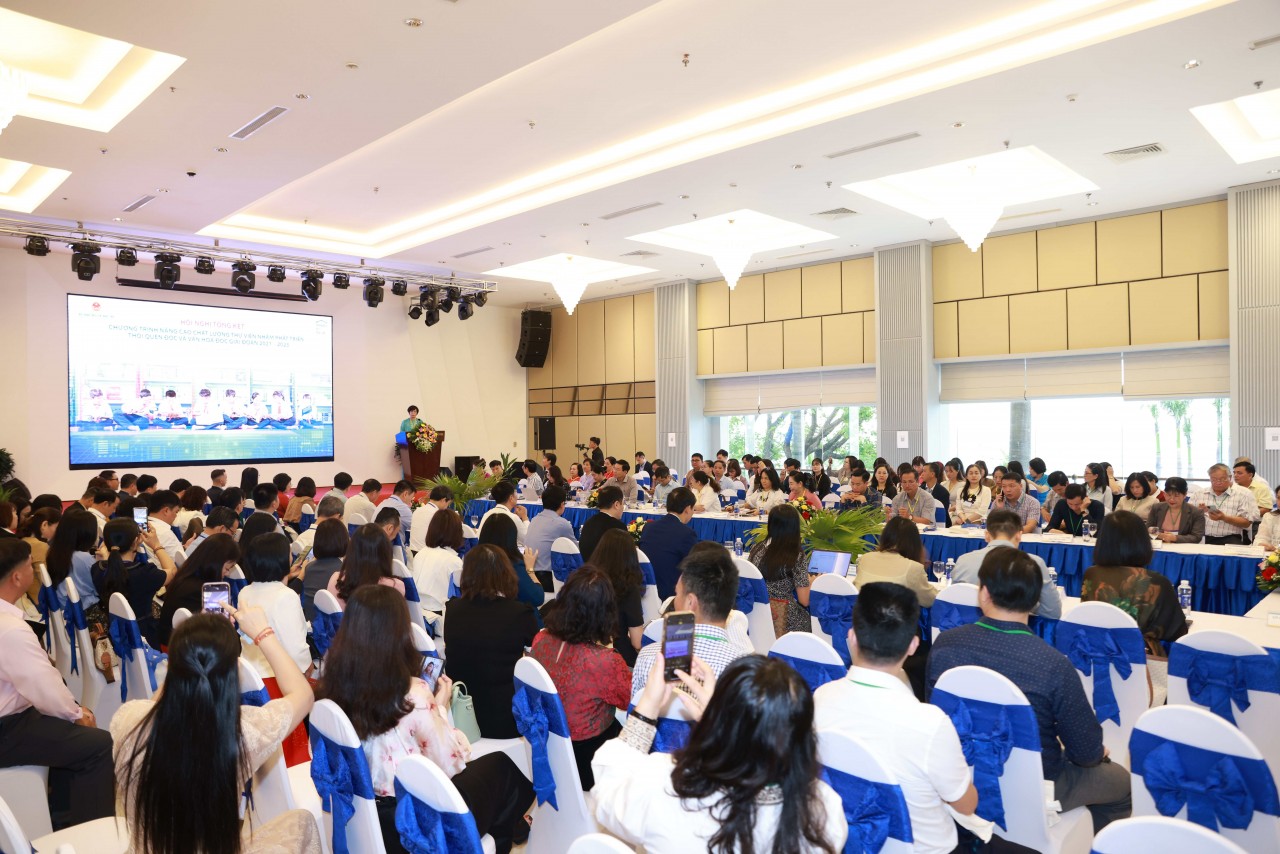 Viet's Home
Viet's Home
Room to Read Helps Spread Reading Culture to Over 3.2 Million Students
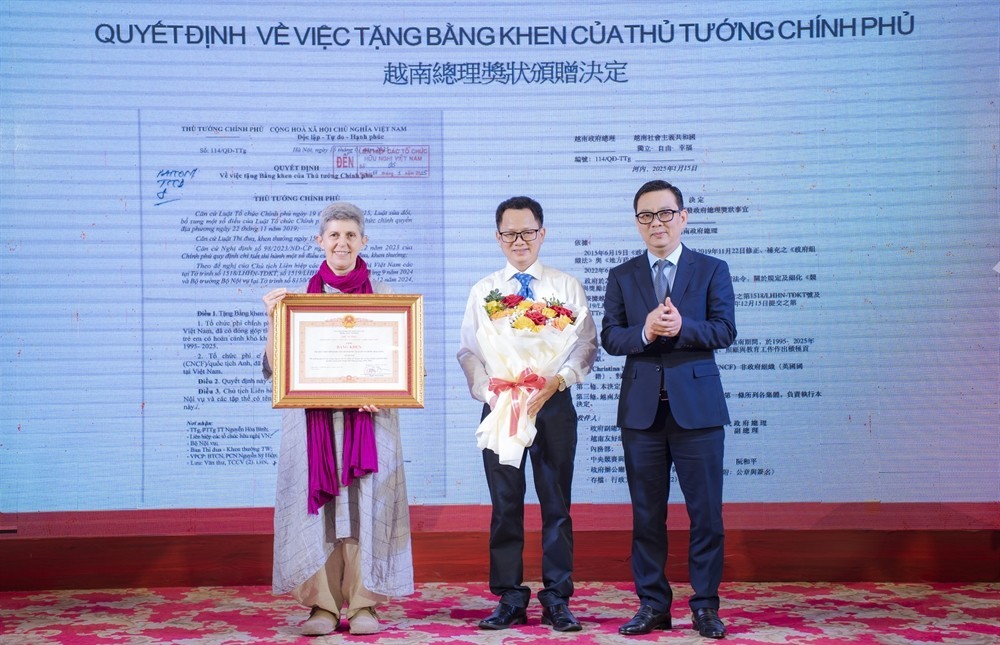 Viet's Home
Viet's Home
Zhi Shan Foundation Marks 30 Years of Operations in Vietnam, Receives Certificate of Merit from the Prime Minister
 Viet's Home
Viet's Home
Muong Tung Farmers - Core Force in Poverty Reduction
 Viet's Home
Viet's Home
